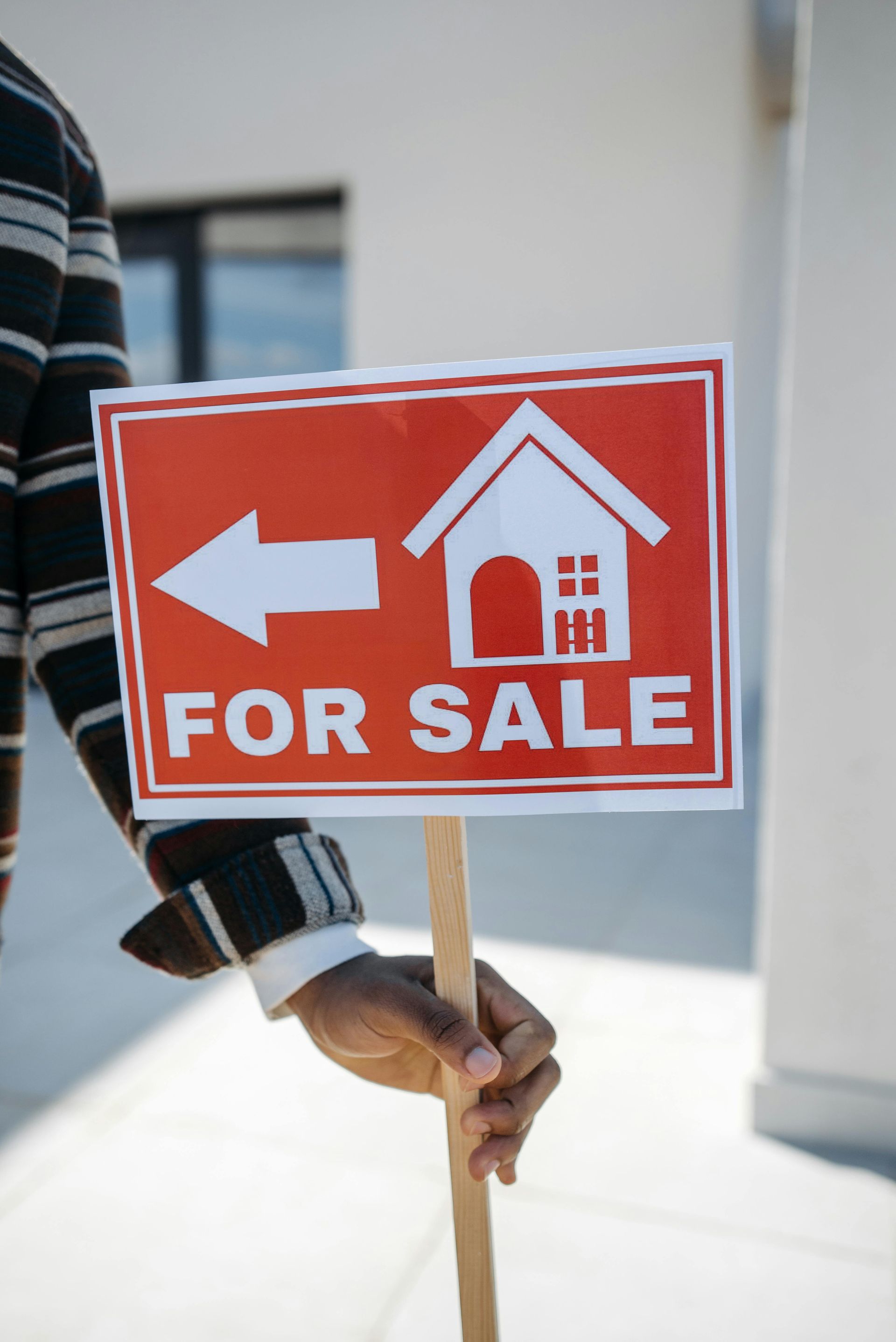Are You Prepared for Barry? Steps to Take Before and After the Storm
Written by: Bruce A. Bender, CFM
Bruce has been providing outreach and risk communication services to Federal, state and local governments such as FEMA's National Flood Insurance Programs marketing campaign (FloodSmart) and their nationwide mapping effort, known as Risk MAP. He also works with coastal and inland counties and communities in helping them develop and implement successful public outreach and stakeholder engagement strategies.
Are You Prepared?
With Barry baring down on Louisiana, it is important you are prepared and stay safe should flooding and other damage occur. Here are some steps to take now, if you haven’t already taken them, plus some post-storm pointers.
Before the Storm
· Create an Emergency Kit with supplies to last at least 72 hours.
· Bring in items that can float or be blown away (e.g., outdoor furniture, toys).
· Turn off propane tanks and unplug small appliances.
· Create a communication plan with other family members and friends should you lose power.
· Safeguard important documents ; keep them in a waterproof container or a digital record in the cloud. This includes a digital record of household items and valuable belongings (e.g., take a video or photos with your phone of each room and the exterior of the building). If you have swatches of carpet, wallpaper, upholstery, window treatments, etc., save those in a waterproof container.
· Don’t forget your pets; have a plan for them too!
· If flooding is forecasted or imminent for your specific area, take flood loss avoidance measures , of which some may be covered by your flood insurance policy.
· Contact your insurance agent to learn how best to get hold of them after the storm.
After the Storm
· Don’t walk or drive in floodwaters. There may be downed power lines and dangerous debris that you cannot see. And just 6 inches of water can knock you off your feet. If driving, there may be washed out sections of the roads you can’t see. And just 12 inches of moving water can float many cars; 24 inches can sweep away trucks and SUVs. Turn Around. Don’t Drown.
· When it is safe to return home and you find it damaged, contact your insurance agent immediately. A claims adjuster should contact you in 24-48 hours (depending on the severity of the storm) to start the claims process. Review this infographic or fact sheet to learn more about the claims process.
· While waiting for the adjuster, take photos or videos inside and outside of the home. If possible, record model, make and serial numbers of major appliances. Remove flood-damaged items, making sure you document well what is taken out.
For more tips about what to do before and after a flood, read FEMA’s Claims Handbook for policyholders. For more information about flood insurance, visit FloodSmart.gov. And to learn how to plan ahead for future severe weather, visit Ready.gov.


About Us
All rights reserved.
Useful Links
Contact Info
821 Main StreetBaton Rouge, LA 70802
Subscribe to Our Newsletter
Subscribe to newsletter
Thank you for subscribing to our newsletter.
Please try again later.



